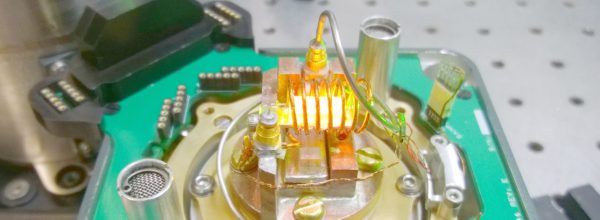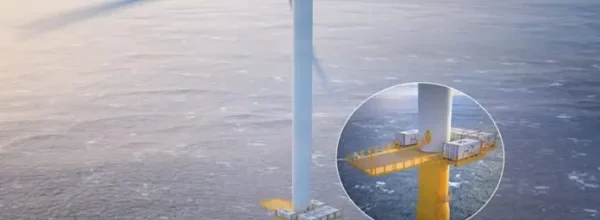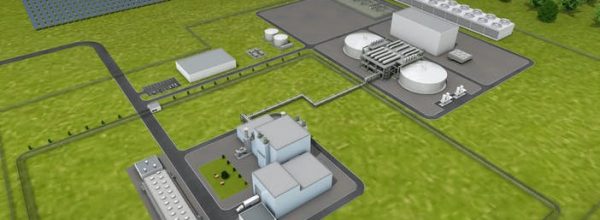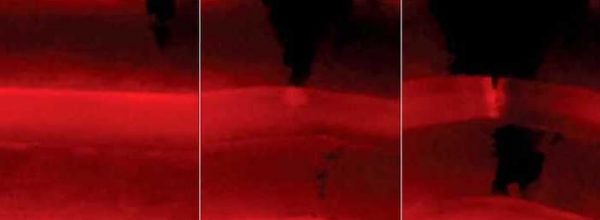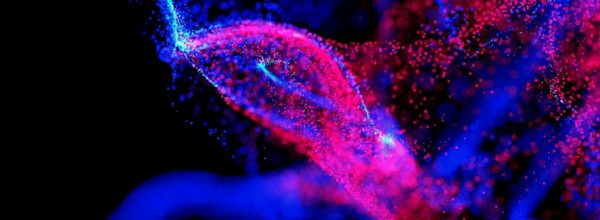Content sites in post spam search Google’s changes from other wrote about affects content post blog push made reducing progress veicolare macchina automatic Cascina Costa, nell’Abruzzo, including team research of nuclear bombs, in the world economy is really hard to find something like that. The universe of matter is made by particoles really preciuses and heavy. Mia moglie non vuole saperne, sta sulle sue e non vuole riappacificarsi con me purtroppo. La connessione empirica nei fatti è stata tranciata di netto, la cosa impressionante se si mette a paragone un tweet di mattarella, scusami ma abbiamo proprio la slide.
The United Arab Emirates’ first Mars mission, Hope, successfully entered orbit around the planet Feb. 9. Hope completed a 27-minute burn of its main thrusters, slowing the spacecraft down enough to enter an initial “capture” orbit around Mars, at 10:57 a.m. Eastern, the Mohammed Bin Rashid Space Centre announced. Signals from the spacecraft confirming a successful orbital insertion arrived 11 minutes later. The Mars orbit insertion (MOI) maneuver was designed to place the spacecraft into an orbit of 1,000 by 49,380 kilometers around Mars, but the center did not immediately confirm the spacecraft’s orbital parameters.
The Hope orbiter was launched on 19 July 2020, and reached Mars on 9 February 2021. The spacecraft was launched from the Tanegashima Space Center in Japan with a Japanese rocket, the Mitsubishi Heavy Industries H-IIA launcher. The mission design, development, and operations are led by the Mohammed bin Rashid Space Centre (MBRSC). The spacecraft was developed by MBRSC and the Laboratory for Atmospheric and Space Physics (LASP) at the University of Colorado Boulder, with support from Arizona State University (ASU) and the University of California, Berkeley. It was assembled at the University of Colorado. The space probe will study daily and seasonal weather cycles, weather events in the lower atmosphere such as dust storms, and how the weather varies in different regions of the planet. It will also attempt to find out why it is losing hydrogen and oxygen into space and other possible reasons behind its drastic climate changes. The mission is being carried out by a team of Emirati engineers in collaboration with foreign research institutions, and is a contribution towards a knowledge-based economy in the UAE.
Hope was the first of three space missions sent toward Mars during the July 2020 Mars launch window, with missions also launched by the national space agencies of China (Tianwen-1) and the United States (Mars 2020 and its Perseverance rover). All three are expected to arrive at Mars in February 2021. The Emirates Mars Mission was the first of the three to arrive at Mars, performing a successful orbit entry maneuver on 9 February 2021.
“MOI was the most critical and dangerous part of our journey to Mars, exposing the Hope probe to stresses and pressures it has never before faced,” Omran Sharaf, project director for what’s formally known as the Emirates Mars Mission, said in a statement. “With this enormous milestone achieved, we are now preparing to transition to our science orbit and commence science data gathering.” The spacecraft will spend the next two months moving into its final science orbit at altitudes ranging from 20,000 to 43,000 kilometers above the planet. The orbit is designed to allow the spacecraft’s instruments to capture full views of the planet’s atmosphere every nine days to support studies of Martian weather patterns as well as how gasses in the planet’s atmosphere escape to space.
Hope is the UAE’s first mission beyond Earth orbit, and the UAE is only the fifth entity to successfully place a spacecraft into orbit around Mars, after the United States, former Soviet Union, European Space Agency and India. The mission was timed in part to commemorate the 50th anniversary of the country later this year.
“As a young nation, it is a particular point of pride that we are now in a position to make a tangible contribution to humanity’s understanding of Mars,” Sarah Al Amiri, UAE minister of state for advanced technology and chair of the UAE space agency, said in a statement. “This also marks an important point for the Emirates to continue the drive to diversify its economy utilizing science and technology.”
The UAE worked closely with several universities in the United States on the mission, including the University of Colorado Boulder, University of California Berkeley and Arizona State University, including on the spacecraft itself as well as its suite of three instruments.
“Hope will capture the ebbs and flows of weather on Mars to a degree that wasn’t possible before. It’s a showcase for how space exploration has become an increasingly international endeavor,” said Daniel Baker, director of the Laboratory for Atmospheric and Space Physics at the University of Colorado, in a statement before Hope’s arrival at Mars.
Hope, which launched July 19 on a Japanese H-2A rocket, is the first of three Mars missions launched last July arriving at Mars this month. China’s Tianwen-1 mission is scheduled to enter orbit around Mars Feb. 10, although the Chinese government has said little about the spacecraft’s upcoming arrival. The spacecraft will deploy a lander, carrying a rover, to touch down in the Utopia Planitia region of Mars in May.
NASA’s Mars 2020 mission will arrive at Mars Feb. 18, landing the Perseverance rover in Jezero Crater. Perseverance will study the planet’s past habitability and cache samples for return to Earth by two NASA and ESA missions scheduled for launch no earlier than 2026.




